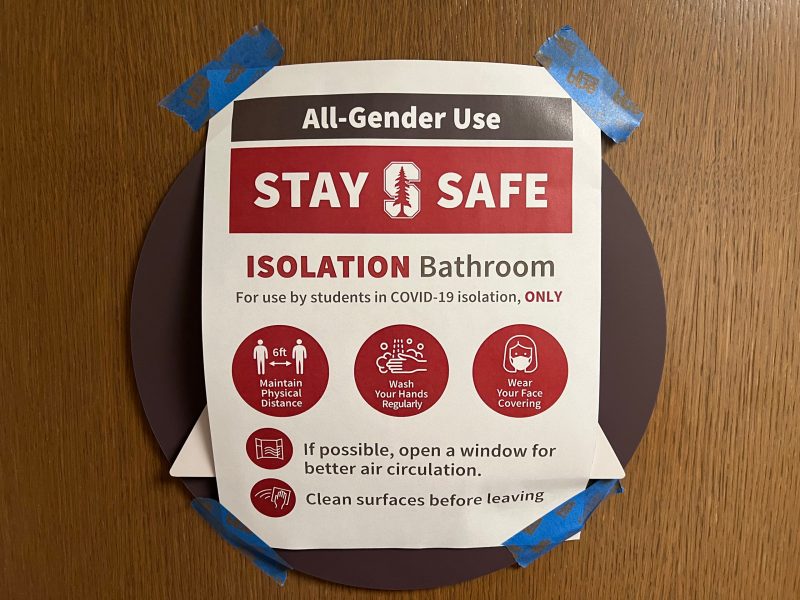— Bryce Huerta ’21 M.S. ’22 is a master’s student in mechanical engineering
On Jan. 18, Stanford plans to resume in-person instruction after two weeks of online classes aimed at reducing the spread of the omicron variant among members of the student body. Yet, even now, community transmission is considered “high” by the CDC across all 50 states, and there is little certainty of the duration of the current wave. It is unclear whether or not it will truly subside before January ends.
With the unique challenges presented by omicron, Stanford’s current mitigation strategies will not be enough to prevent dramatic community spread of COVID-19 that will disrupt classes and campus life. This statement is by no means an indictment of Stanford’s COVID reduction strategies — the University’s booster mandate will further protect students, faculty and staff against severe acute disease caused by the virus. Yet the seven-day positivity rate on campus jumped to 7.7% for the week of Dec. 27, up from 0.25% a month prior. Continued spread of COVID-19 at these same levels will render the University unable to function due to the large number of students and staff in quarantine. If the University intends to resume in-person learning this quarter, then further steps are necessary to ensure a safe campus for classes to commence.
Unlike prior SARS-CoV-2 variants, omicron is far more transmissible, having been compared to measles for its ability to spread. Furthermore, omicron is an airborne virus that can spread through small aerosols. To respond to such a rapidly spreading virus, the following adjustments are necessary:
1) Provide all students, faculty and staff with N95 respirators
Given the spread of omicron through the air, loosely fitting masks will not provide protection against exposure. N95 respirators filter out 95% of viral particles, hence the name. For such a rapidly spreading pathogen, cloth masks and even loose surgical masks will not be adequate to prevent community transmission. Thus, the University needs to provide all students, faculty and staff with N95 respirators. Recently, the University has begun recommending that all students wear some form of N95, but to ensure the safety of the school, every member of the Stanford community should be provided with N95 masks.
2) Purchase HEPA filters for use in classrooms and living spaces
Beyond just masks, Stanford must make a concerted effort to filter the air of viral particles in enclosed spaces. Thus, all classrooms, dormitories, residences and other indoor community spaces need to be provided with HEPA filters. Classrooms and especially dorms can be poorly ventilated — as such it is imperative now more than ever to clean the air so that students, faculty and staff will be breathing to prevent community transmission. Data from the U.K. has demonstrated the effective use of HEPA filters to remove detectable viral particles from the air in COVID wards. Furthermore, fans and other ventilation equipment should be used where necessary to cycle air through enclosed spaces.
3) Increase testing frequency and modify contact tracing protocols
Currently, fully vaccinated students, faculty and staff are only required to test once per week. Due to the immune-evasive properties of omicron, however, fully vaccinated and boosted people can still be infected and transmit the virus. As such, all students, faculty, and staff must do PCR testing at least twice per week and should ideally take a rapid test before entering any University building.
With the transmission of omicron, the prior guidelines of close contacts must be updated as well. Gone are the days of 15 minutes of close contact being “high-risk.” Now, anyone who has any contact, even fleeting, with a COVID-positive individual should be considered at a high risk for exposure. Furthermore, buildings that have been visited by COVID-positive members of the community should be ventilated and filtered.
The omicron variant has presented the newest challenge in the ongoing pandemic. The good news is that it is 2022, and the tools exist to mitigate the spread of COVID-19 within our community. Stanford, however, must take decisive action now to implement such measures. Otherwise, the worst-case scenario of so many isolating students, faculty and staff triggering an unplanned shutdown creeps closer to becoming reality.
